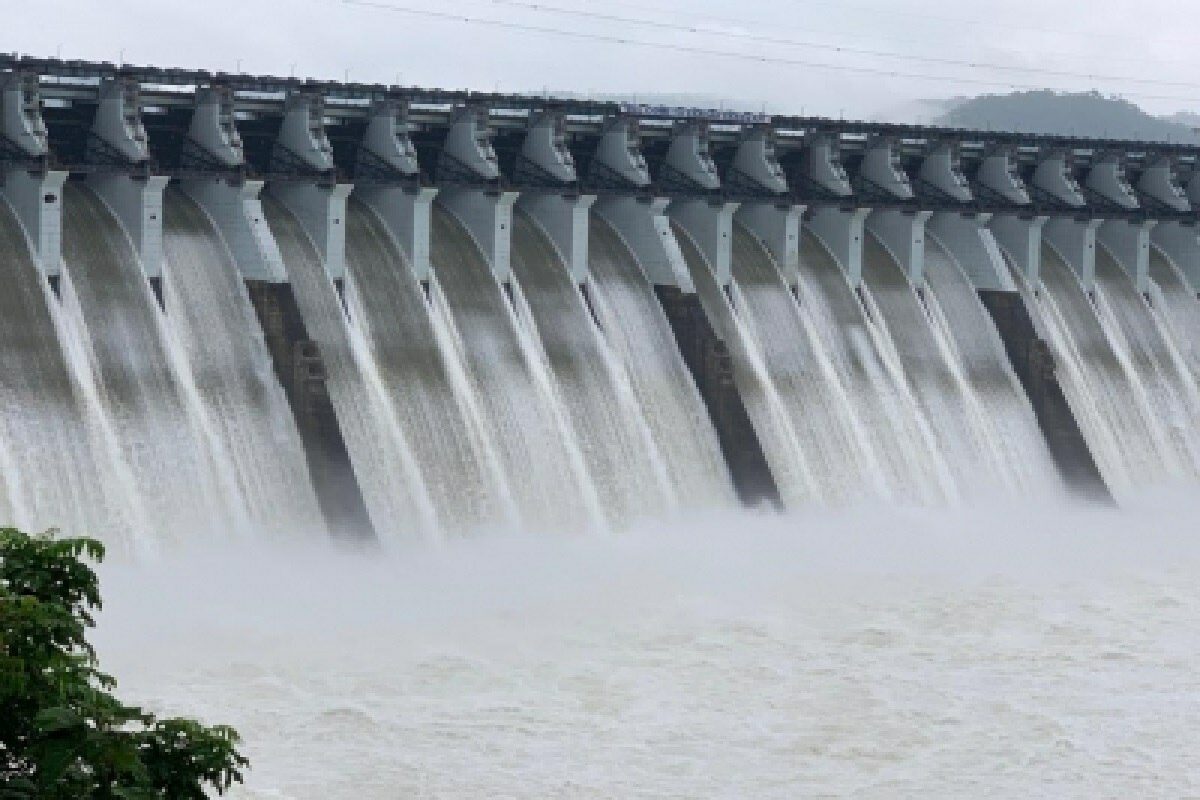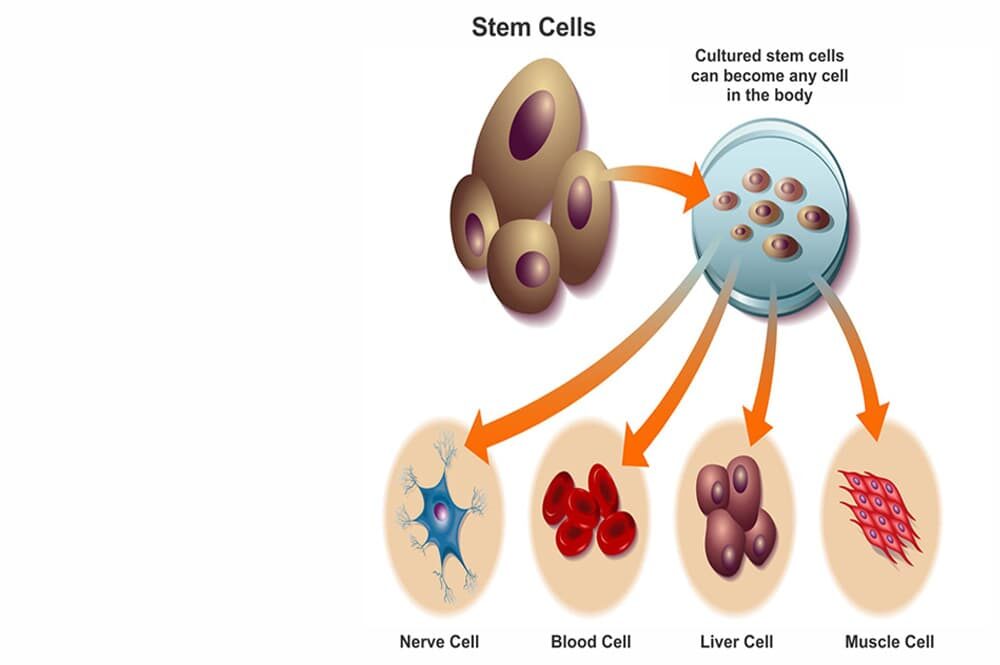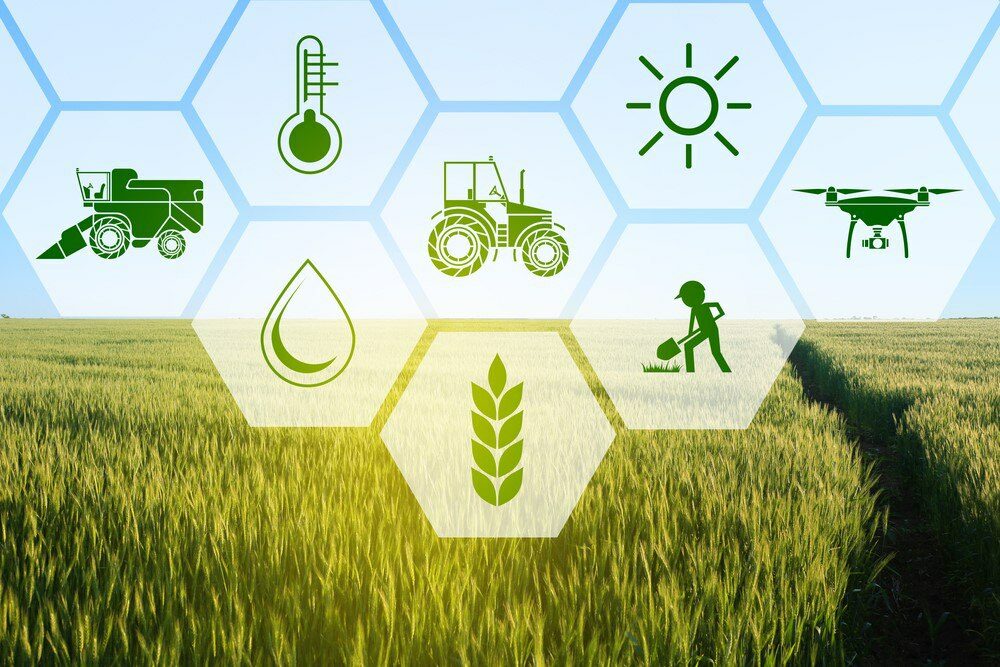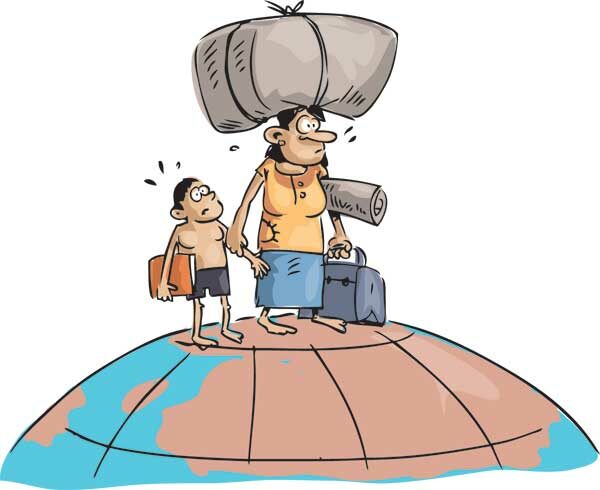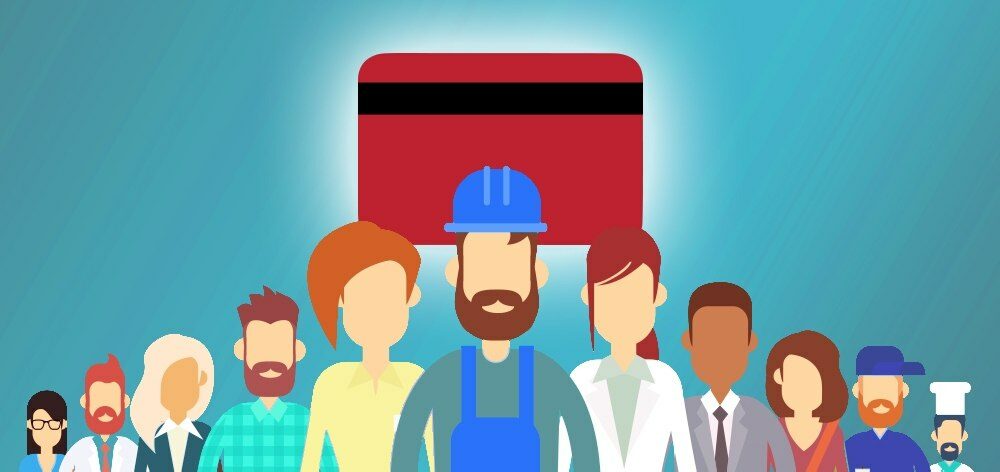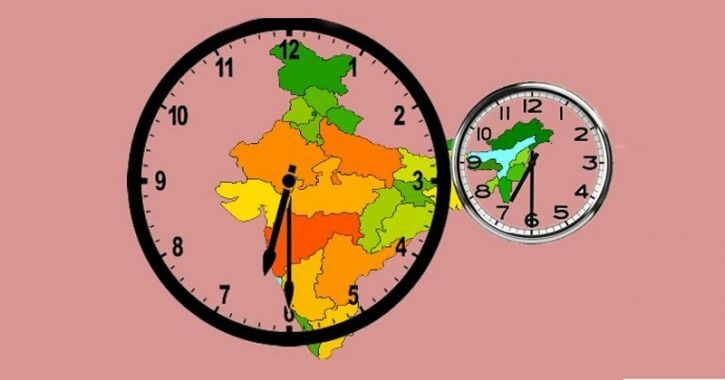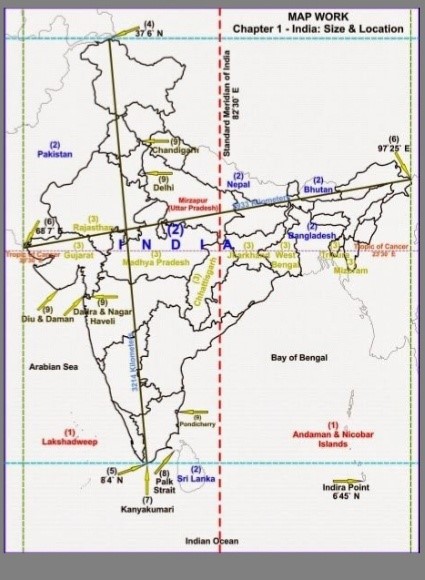RAPID URBANISATION
WHY IN THE NEWS?
In recent times, the ongoing pandemic and the induced lockdown compounded the misery of rapid urbanization in India. Therefore, the NITI Aayog has started a process to manage urbanization and provides inputs for making India’s urbanization manageable, economically productive, environmentally appropriate, and equitable.
FACTS
- India is the second largest urban system in the world.
- Around 11% of the global urban population living in India.
- According to the 2011 Census, the Urban population is 29% of India’s population. At present, the population is in the range of 30-40%. As per the estimates of urban policymakers, it will become around 73% by 2036.
- Presently, the urban areas are contributing around 50-60% of GDP and are estimated to reach 70% by 2030.
- In 1947, the urban population was around 14% and in 2010, it has doubled to 30% as per the 2011 census. But now, the time required to increase the urbanization rate has drastically reduced; and the urban population would double within a decade or two.
Philosophical angle
- Once Mahatma Gandhi said “India lives in its villages and not in towns; in huts not in palaces. He observed, “If the village perishes, India will perish too.
- But the present situation highly speaks that India is living in its urban areas due to its massive opportunities for the growing aspirations of the population.
FACTORS THAT LEAD TO MIGRATION TO URBAN AREAS
PUSH FACTORS |
PULL FACTORS
|
Push factors are those which motivate people to leave an area, especially the rural due to some reasons and shifts to urban areas. | Pull factors are the attractive factors by which an individual is attracted to change his place of living. |
Social factors · Poverty · Patriarchal attitude · Wide gender disparity · Family faction and fends. · Prevalence of Caste system | Social factors · Better social environment · Women empowerment · Increased exposure |
Economic factors · Lack of job opportunities. · Lack of security of life and property. · Absence of equal pay · Low living standard.
| Economic factors · High standard of living. · Job opportunities. · Better security of life and property · Prevalence of Gig and platform · economy |
Infrastructural deficits · Lack of transportation and communication. · Lack of health facilities. · Lack of educational facilities. · Lack of recreational facilities. · Worse sanitary conditions. | Better infrastructure · Health facilities. · High standard of education · Better recreational facilities · Better internet connectivity
|
PROBLEMS OF URBANISATION
- Unplanned urbanization
- Major factors responsible for the process of urbanization include migration, better economic opportunities led to people settling down in already densely populated cities.
- This rapid urbanization forces the government to build cities without proper planning and lacks proper infrastructure, public facilities, and employment opportunities.
- Pandemic-Induced Problems
- The ongoing pandemic exacerbated the misery of urban poor or slum dwellers and severely affected the ability of slum dwellers to earn their living.
- Problem of Housing Creation of Slums
- With large-scale migration to urban areas and lack of affordable housing leads many to stay as slum dwellers.
- Slums are characterized by sub-standard housing, overcrowding, lack of electrification, ventilation, sanitation, roads, and drinking water facilities.
- Health
- Slum areas have been the breeding ground of diseases, and the poor, unaffordable, and inaccessible health infrastructures are another major cause of concern.
- Over Crowding
- Over-crowding encourages deviant behaviour, spreads diseases, and creates conditions for mental illness, alcoholism, etc.
- Drainage and Sanitation
- Removing garbage, cleaning drains, and unclogging sewers are mostly done in an unplanned and unsystematic manner.
- In most metropolitan areas, insufficient sewage infrastructure is observed concerning the rapid population growth.
- Pollution
- Urban industry pollutes the atmosphere with smoke and toxic gases from its chimneys thereby increasing the chances of disease among the people living in the urban centers.
- Urban Crimes
- Imbalance in resource availability that manifests itself in dearth of space, shelter, food, and basic amenities for the rising population leading to competition, rivalry, insecurity, and criminal mentality, especially among youths.
- Urban Heat Islands
- Urban Heat Island is a major problem associated with rapid urbanization. It is due to rising warmer urban areas than their surrounding rural areas due to human activities.
- Urban Floods
- The urban flooding is largely due to unplanned urbanization.
- Many cities such as Hyderabad, Mumbai, and Chennai where urban floods have become a frequent phenomenon in recent years.
- Overburdened drainage and unplanned construction with no regard to the natural topography and hydro-geomorphology are the growing reasons for urban floods.
MEASURES
- Atal Mission for Rejuvenation and Urban Transformation (AMRUT)
- Objective is to provide hard infrastructure for universal coverage of piped drinking water, sewerage, and green spaces and parks.
- National Heritage City Development & Augmentation Yojana (HRIDAY) Mission
- The aim is to rejuvenate the heritage cities, with special attention to others issues such as sanitation, tourism, and livelihood.
- Pradhan Mantri Awas Yojana Housing for All (HFA) (Urban Mission)
- It was launched to provide housing to all in urban areas by 2022.
- DeenDayalAntodaya Yojana– National Urban Livelihood Mission (DAY – NULM)
- It aims at creating opportunities for skill development leading to market-based employment and helping the poor to set up self-employment ventures.
- Swachh Bharat Mission (Urban)
- It is a key mission driving the campaign to make our cities clean.
- It also proposes to eradicate manual scavenging, introduce modern and scientific solid waste management, induce behavioural change with respect to healthy sanitation practices and generate awareness for sanitation and its link to public health, augment the capacity of ULBs and create an enabling environment for the private sector in waste management.
- Developing Smart Cities
- Smart Cities Mission aims at driving economic growth and improving the quality of life through area-based development and city-level smart solutions.
- The mission would convert 100 existing cities into smart cities
SMART CITY MISSION
- The mission is a laboratory building “model cities”.
- The development of a city is the joint responsibility of the central government, state government, and local government, and the “Model cities” are acting as skeletons for the development.
- Model cities are based on three formulas
- People-centric approach
- Bottom-up up approach
- Not one size fit for all
- A people-centric approach- By focussing on the basic necessities of the people and resolving these issues individually by developing basic infrastructures is the essence of the smart city mission
- Prioritisation-The urban-centric development by prioritizing the areas and providing infrastructural facilities considering the local and spatial differences.
- Based on master plans-The cities under this mission are selected on the basis of proposals from the concerned urban areas of the particular state. The proposal must include the master plan including the problems and measures for addressing the issues, the ability to mobilize resources, etc.
- The central government has identified 100 cities based the efficient and viable plans.
HOW A SUSTAINABLE URBAN AREA SHOULD DEVELOP?
- Prioritize the selection- Based on the availability of resources, it is necessary to prioritize and expand the developments to Tier2 and Tier 3 cities along with Tier 1 cities.
- Inter-coordination of Ministries-
- Though smart cities are under the department of the Ministry of Urban Affairs, coordination among different ministries is needed for the holistic development of cities.
- Engaging with the Ministry of Housing and Urban Affairs, State Governments as well as local governments on various issues, policies, and schemes are also required.
- Indigenous Model-Choose an indigenous model of development by considering the unique characteristics of Indian society.
- For example- Street vendors are a common phenomenon in Indian culture. Rather than simply adapting the foreign models, customizing the plans by incorporating them and building a separate street vending platform would safeguard their livelihoods and brings an Indianized culture.
- Another example, is the city of Bhopal, under the smart city mission where they developed a busy business area for trade by addressing the necessity of the people and thereby Indianized the model.
- Affordable Housing- Construction of a Rented housing system by builders and subsidies granted by the government for allocating the constructed house and rooms on a rental basis is a guiding approach.
- It would ensure affordable housing conditions for urban migrants.
- Resilience and sustainability –The model adopted for the development of urban areas must be sustainable and resilient.
- Participation- Sustainable development of urban areas is possible only through the participation of people.
- Develop Climate-smart cities-
- Assessment of cities based on climate friendliness. Four components of climate-smart cities
- Water reuse
- Green cover
- Urban biodiversity
- Renewable energy
- For example, the growing importance of urban biodiversity especially in the Delhi region due to its alarming air pollution and inhalation of toxic gases
- Inculcate Indian value system-
- Create a liveable city -Critical factors for liveable communities are: residents feeling safe, socially connected and included, and environmental sustainability
- Connected neighbourhood- The positive action that can be taken to deal with the malaise of social fragmentation, isolation, loneliness, and anxiety.
- Developing Green infrastructure and Equal access to all for availing public services.
- Data Technology-
- Use data management effectively and devise data-based policies for effective implementation.
- For e.g.: Data warehousing
- GIS model- Design the urban areas based on the Global Positioning System (GIS) /Geographic Information System (GIS) model.
- Need for a master plan- According to NitiAayog, more than 60% of urban cities lack a master plan. Therefore, huge socio-economic losses due to unplanned construction of buildings and submergence of the same necessitate the need to have a master plan.
CONCLUSION
The need of the hour is the better formulation and implementation of new approaches to urban planning and effective governance for urban areas. Moreover, necessary actions should be taken to build sustainable, robust, and inclusive infrastructure. All these measures guide the country to achieve SDG 11 which promotes urban planning as a means for achieving sustainable development.
PRACTICE QUESTION
It is not the urbanisation but the urban development system that is posing new challenges, elucidate. Explain how Smart Cities Mission is addressing these challenges?(250 Words, 15 Marks)



